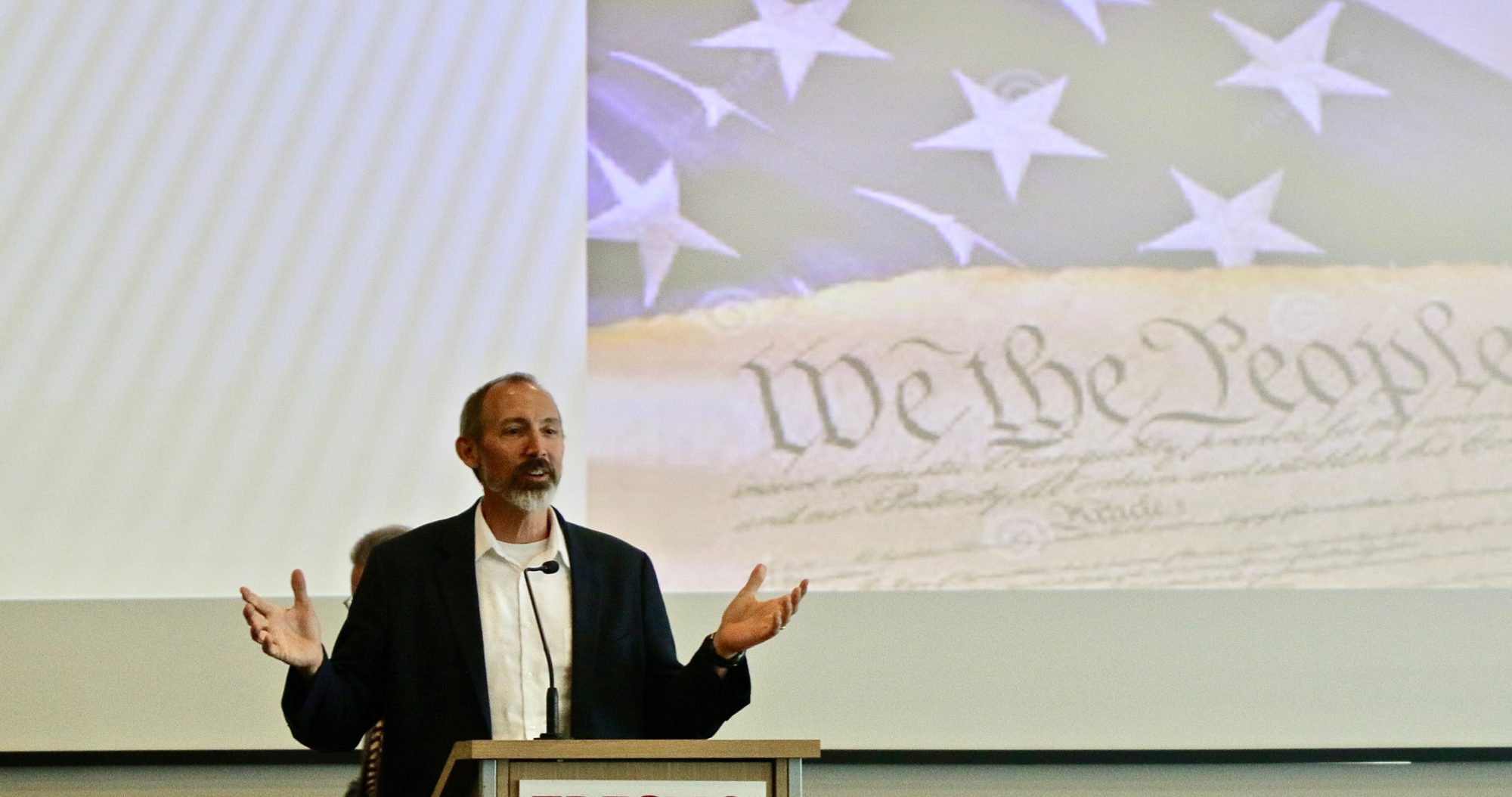We are living in limbo. The pandemic rages on. The election hangs before us like a double-edged sword. We don’t know when or how this will end. We hold our breath, while COVID-19 haunts our dreams.
Election years typically end in limbo, with lame ducks and lost causes. This year, we have the added anxiety of a president claiming the election is rigged, while calling for his opponents to be jailed. The nation is worried about election unrest and violence.
Life in limbo is characterized by worry, impatience, dread, and despair. Picture the anxiety of waiting for the results of a cancer test. The answer comes as a relief, even if it is bad news. It is better to know than to wait.
Limbo is a haunted hovering. Time spent in limbo is nonlinear. Limbo is a gateway. But once we cross the threshold we get lost. The passage is obscured by spectral worries that cloud clear thought.
We get stuck in limbo, mulling things over. We brood and ruminate, fret and stew. But we make no progress. T.S. Eliot described this in Prufrock as a world of yellow fog and ether in which every moment contains a hundred indecisions, visions, and revisions. Such dithering frays the nerves and weakens the will.
The experience of limbo is not unique to the present moment. There is a general human tendency to waver and worry, defer and deflect. This is related to the difficulty we have in making commitments and saying good-bye.
Some people never really say “yes” or “no.” They duck the question and beat around the bush. But a firm “no” is a blessing in comparison to a vague deflection. A “yes” opens the door. A “no” closes one. But a “maybe” leaves us in limbo with the door ajar.
And when the party’s over, we stand in the doorway, making small talk in the dark. Perhaps we fear the solitude of the night. Phillip Marlowe said that “to say goodbye is to die a little.” A long goodbye is another kind of limbo.
The antidote is obvious. Breathe deeply and exorcise the ghosts. Take a stand. Close the door. Either turn back or go out and get moving. Remaining at the threshold won’t help you decide. Sure it’s wise to think things over. But deliberation is not avoidance. “Measure twice, cut once,” the saying goes. But after you’ve measured it’s time to cut. And once you begin, cut swiftly and true.
To procrastinate is to live on borrowed time. Eventually the bill comes due. A person can only wait so long. And then you are dead.
Virtue and happiness require action. Patience is crucial. Genuine patience is active and expectant, full of attention. Patience is not passivity, which deadens the mind. Patience is sustained energy directed toward the future.
The Roman poet Horace said that patience helps us endure what cannot be changed. Horace is also famous for saying “Seize the day” and “Dare to be wise.” He said a person who passively waits for wisdom is like an idiot standing beside a river, waiting for the water to stop before daring to cross. Life is short, Horace said, and we can’t trust tomorrow. So plunge on in.
To live is to get your feet wet. Sometimes the river knocks you off your feet. But it is better to swim than to wait. Those who dip their toes never leave the shore.
This may sound like a call for blind action — but it’s not. One of the dangers of limbo is that it can give way to the panicked urge to run and rage. As the tension builds, there is a risk of explosion. But blind action makes a splash without making a difference.
We need to be calm and patient. Worry changes nothing. Fight the urge to panic. This limbo won’t last forever. At some point the ether will wear off and the yellow fog will lift.
Patience is realistic and engaged. Rather than battling ghosts, roll up your sleeves. Rather than pausing at the doorway, get moving. Stay focused on kindness and courage. Stop holding your breath and saying maybe. There is work to be done.

